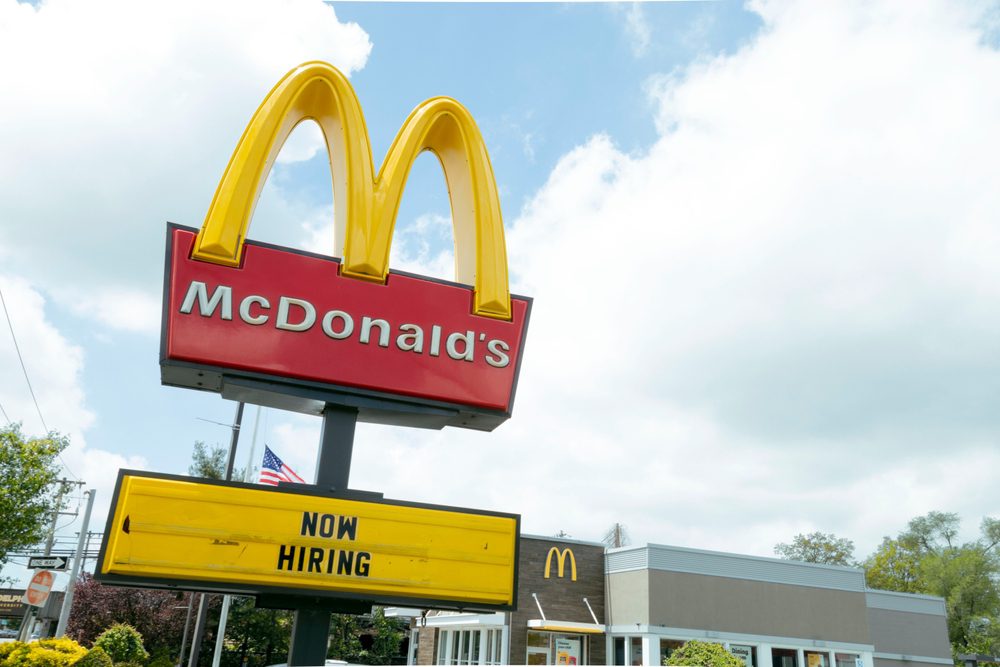With profits sinking and expenses going through the roof, mailers looking to catch a break can save money by making the most of the U.S. Postal Service's latest technologies — and doing some smart marketing.
The keys to this strategy? Intelligent Mail barcoding, commingling and co-palletization, plus careful attention to mail-piece design and use of “green” practices.
INTELLIGENT MAIL BARCODING
The USPS launched Intelligent Mail barcoding (IMB) to improve mail deliverability. It encodes up to 31 digits of mail-piece data into 65 vertical bars so each address can be assigned a unique identifying number for tracking. By May 2011, Intelligent Mail will be the only barcode that qualifies for automation discounts from the USPS. However, there are three compelling reasons to begin taking advantage of this service today:
-
IMB improves tracking. Marketers can now better gauge in-home delivery of direct mail packages. Using the unique identifying number, mailers can view detailed information such as delivery by date, state, USPS region, bulk mail centers and sectional center facilities. Specific mail pieces can be tracked as well.

-
IMB leaves room for more copy. Over the years, endorsements and barcoding for automation schemes like address correction services (ACS) and Planet codes have cluttered mail pieces. Intelligent Mail barcodes integrate various functions into one streamlined barcode.
Fig. 1 is an example of a mail piece with an ‘address service requested’ endorsement, a Planet-code tracking barcode, an ACS key line and the standard Postnet barcode. Fig. 2 displays the same mail piece with an Intelligent Mail barcode. The visual appeal of this barcode speaks for itself.
-
An IMB/ACS combo is the best way to comply with the postal service's new “move update” requirements. These guidelines were changed last November for first class and standard mail. Addresses in a mailing file must now be revised every 95 days to remove undeliverable addresses. Using IMB with ACS, the USPS captures information about address changes and undeliverable mail, then returns this data electronically to the mailer.
COMMINGLING AND ITS ‘CO-PAL’
Before volume mail goes to the post office, ideally it is sorted two ways:
-
Individual envelopes or carriers are sorted in ZIP-code order and placed in plastic bins or trays. That's commingling, and it allows senders with fewer pieces to get large-mailer automation discounts by jumping into the tray with other senders.

-
Trays containing letter-size (No. 10) presorted and pre-bundled envelopes with similar ZIP codes are placed, in order, onto wooden platforms called “pallets.” These pallets are then sent to bulk mail centers or sectional center facilities where the postal service — happy to have slashed its handling and distribution costs — grants the sender a discount. That's co-palletization, and it allows senders to save between $33 and $44 per 1,000 pieces before processing and shipping fees are added.
Large mailers aren't the only beneficiaries of co-palletization. Much smaller operations (those mailing as few as 5,000 pieces) can qualify for discounts they'd normally not be eligible to get. So if you're that small mailer, figure you'll save between $165 and $220 simply by becoming a “co-pal.”
DESIGN FOR SAVINGS
Even experienced mailers can find postal regulations complicated and hard to follow. Before you design any direct mail package, check with a production vendor that can evaluate your concept.
Is your design a postcard? Only when the USPS says it is. Are you intrigued by a square mailer? Maybe, but Merlin — the postal service's automated-mail evaluation machine — balks at square shapes, so that design could cost you an automation-discount postage rate. Is your package outside the USPS' size parameters? You'll lose discounts — and incur a surcharge. To save money and time, learn how particular designs affect postage rates before committing to a campaign.
GREENER IS LEANER
“Green” direct mail and print production companies have a responsibility to guide marketers' product choices and help minimize their environmental shortcomings. Mailers should take these additional steps:
-
Purge mailing lists of duplicates, bad addresses, and recipients who opt out.
-
Choose a lighter-weight paper stock, or use postcards instead of larger pieces.
CRYSTAL UPPERCUE is marketing manager at EU Services, a direct marketing production facility in Rockville, MD.
 Network
Network

